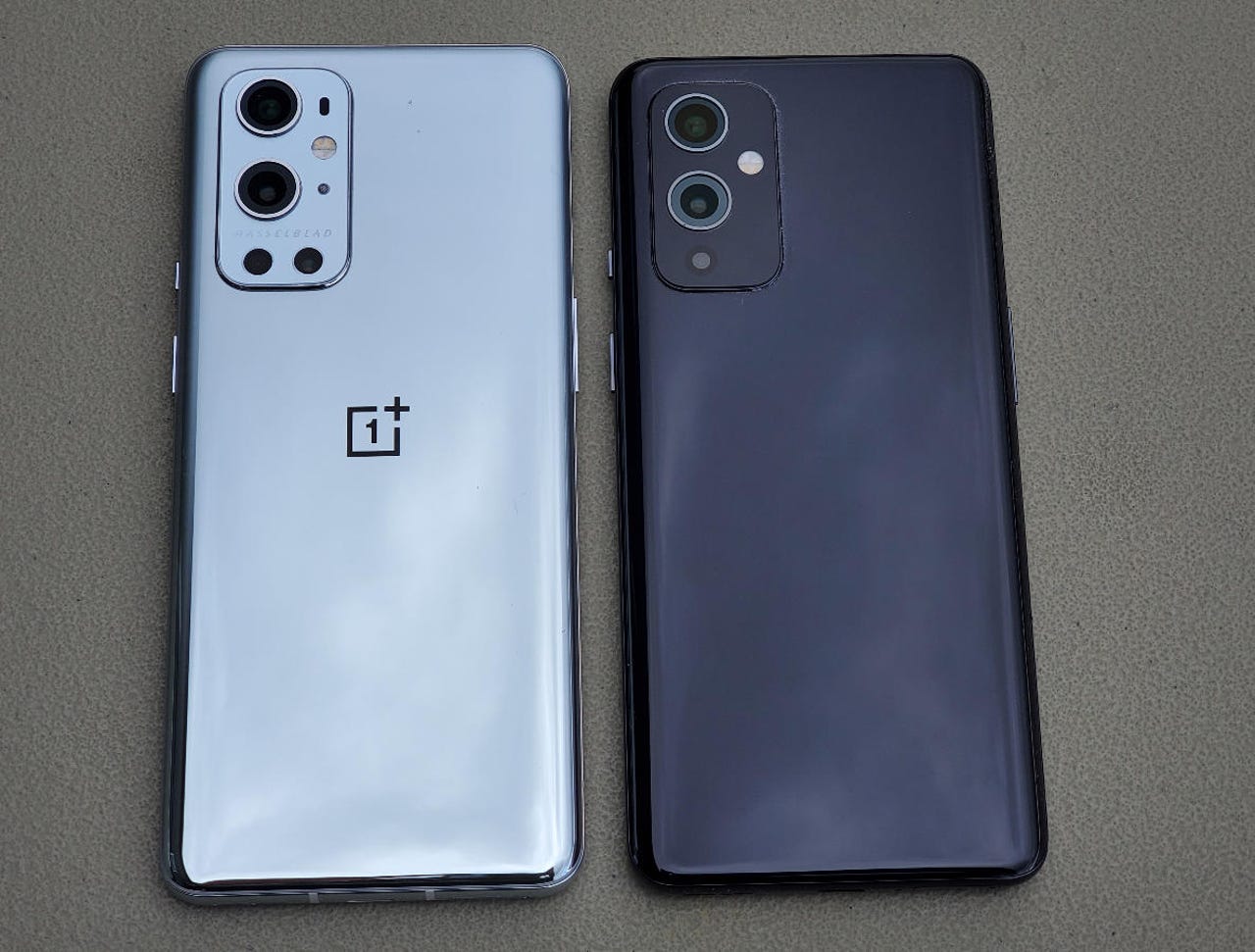The phone camera war: With Hasselblad tuning, OnePlus shoots for top tier


A scrappy maker of smartphones with an ardent fan base and but limited brand recognition and a "let the product speak for itself" promotional approach makes a splash in the US market by partnering with a carrier in a generational network change. That description could apply to OnePlus, which just launched its second wave of 5G flagships after introducing the OnePlus 8 with T-Mobile last year. Or it could apply to HTC, the once high-flying handset pioneer that launched the first 4G smartphone with Sprint and the first LTE smartphone with Verizon, only to fade from the U.S. phone market after selling its design team to Google for $1.1 billion in 2017.
But following an abysmal year for smartphones in which OnePlus's sales grew over 160%, according to Counterpoint Research, the handset maker has shown it has a bead on a smartphone market that looks a lot different now than it did over the course of HTC's rise and fall.
As many challenger brands do, OnePlus burst onto the scene with a value message, offering specs that competed with other flagships for hundreds of dollars less. Over the last few generations, as it has expanded its US presence, though, the prices of those flagships have risen steadily as the company has capitulated to expenses it once derided as frills, such as IP water resistance ratings. The start of 2021 saw the U.S. introduction of Nord, a well-received midrange 5G handset that has expanded the nuance of the company's "Never Settle" tagline to connote "within a competitive set." Less obviously, the company notes that the motto also refers to its internal philosophy: building products that "consistently deliver a user experience that meets our high standards."
OnePlus also characterizes its early embrace of 5G as a proactive way to win customers, saying that it wanted customers to have the option when they were ready. But 5G compatibility certainly must have loomed large as an attractive attribute for support from T-Mobile as the handset brand sought to expand its US presence, much as the Nord has been a good fit to drive 5G down into T-Mobile's value carrier brand Metro.
Indeed, now that 5G is starting to permeate the value segment en route to taking over carriers' entire portfolio, much of the focus has returned to the Big Three of smartphone purchase motivators: Display, battery life, and camera. On the first, OnePlus has played leap-frog with Samsung, leading in supporting the fastest refresh rates while following in the adoption of curved edges, punch hole cameras, and, with the OnePlus 9, adaptive refresh. Its use of LTPO display technology on the 9 series enables it to reduce power consumption and include such nice touches as a second hand on the clocks of its always-on display.
The company has also been in step with other Chinese brands that have aggressively pursued large batteries and an obsession with charging them as quickly as possible. Beyond its insanely high 65W Warp Charge wired adapter that can also fully power a high percentage of laptops, OnePlus has extended that to wireless charging. The company has crowed that its wireless charger charges more quickly than some wired solutions for other brands.
That leaves the camera, the basis of the most visible bragging rights war among historical market share leaders Apple, Samsung, and Huawei, with Xiaomi and Oppo also continuing to up their game.
But while OnePlus's cameras had met the bar before the 9, the company clearly wasn't playing in the same league as the market leaders. Its multi-year partnership with Swiss medium format specialist Hasselblad -- famous for once having 100% of the lunar camera market -- has begun with a special emphasis on capturing natural color. OnePlus has also made strides on image sensor size and reducing distortion, although Samsung's extreme super-zoom capabilities are absent. Partnerships between smartphone and imaging brands have had highs (Nokia/Zeiss, Huawei/Leica) and lows (Hasselblad's Moto Mod) but OnePlus' is off to a good start.
With the company finally committing to taking the fierce camera battle to the market leaders, it's worth noting many of the little things it does. In my testing of the device, for example, in addition to noticing vibrant color capture and far improved performance from the Snapdragon 888, I've appreciated the superior thermal dissipation of its design. While its Fnatic gaming mode and zen modes may have sprung from its oft-touted dialogue with its community, other smartphones have similar modes.
On the other hand, its Oxygen OS variant is one of the few that has earned user praise thanks to a thoughtful design that minimizes intrusion and disruption. My fellow ZDNet writer Matthew Miller calls it "arguably the best flavor of Android, especially as we see ads and duplicate apps contaminating the Samsung experience." These may be lost on brand-driven buyers, but have proved important in retaining and growing influencer support. As it shores up relationships with the other two large U.S. carriers, its share growth could further threaten teetering brands -- one plus yielding several minuses.
When phone brands meet photo brands
PREVIOUS AND RELATED COVERAGE
OnePlus 9 Pro review: No ads, no bloat, and new tech makes it the best Android
While Samsung has had a few more bells and whistles, that is no longer the case with the OnePlus 9 Pro
OnePlus gets serious about mobile photography with Hasselblad partnership
OnePlus making a major investment to improve its camera systems. The three-year partnership comes with a significant investment from OnePlus and we look forward to seeing the results.
OnePlus launches its affordable Nord smartphone, virtually
The Nord marks a return to OnePlus's roots, with the new handset billed as delivering a high-quality experience for an affordable price.